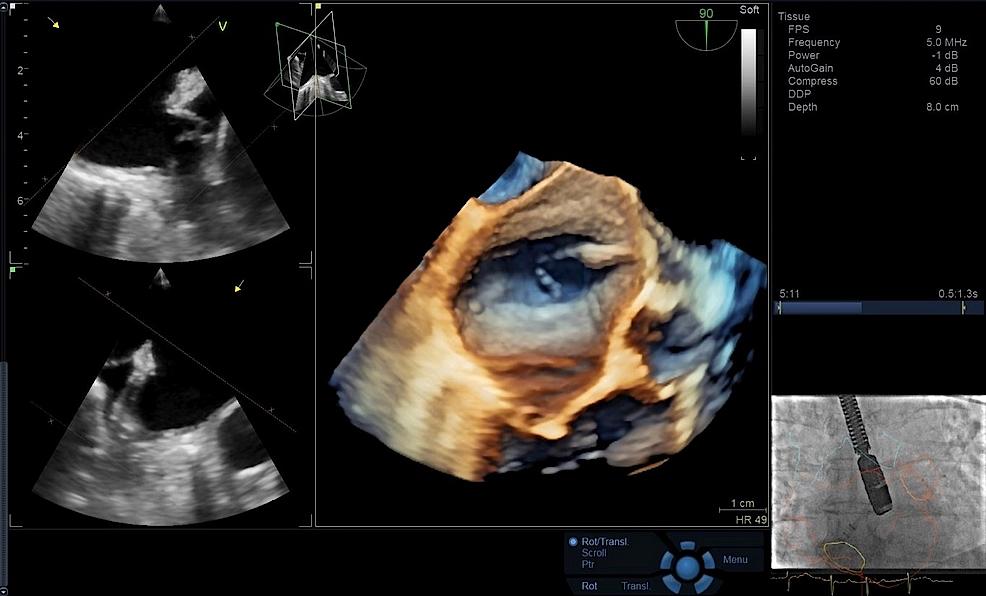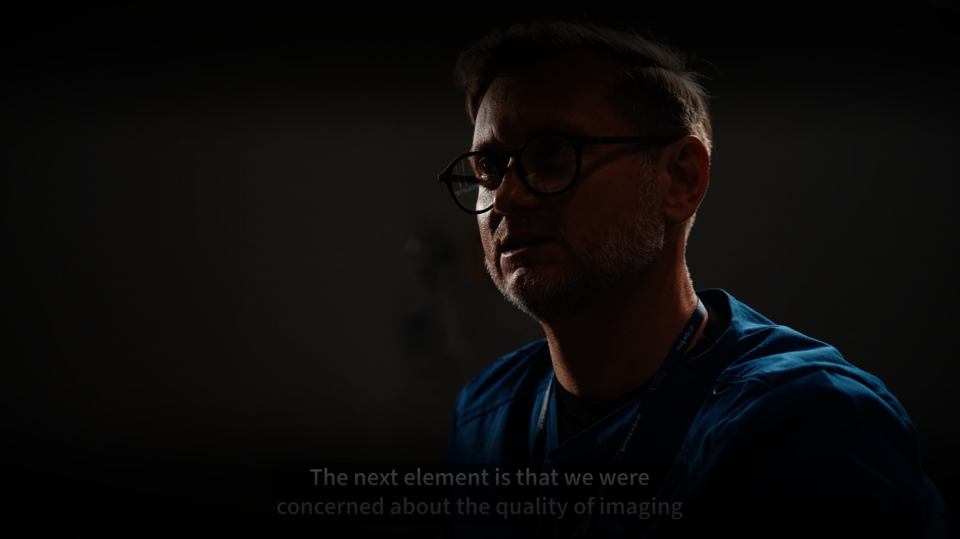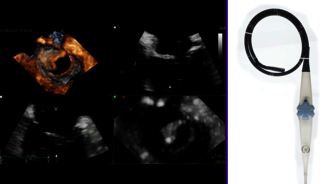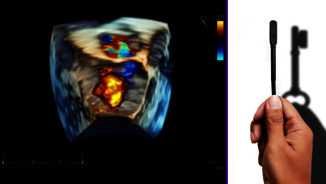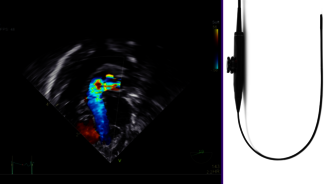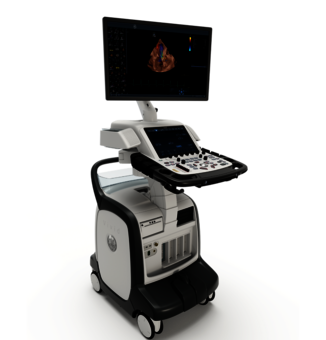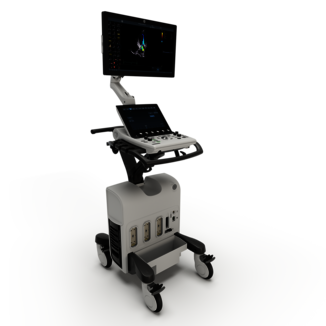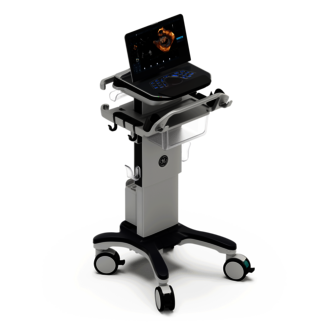Demand for minimally invasive procedures is growing.
Structural heart procedure success depends on preparation, collaboration and clear communication within the heart team.
Your complex interventions may often require the use of fluoroscopy, CT and echo images to plan, guide and assess procedures, which may generate room for uncertainty & lack of clarity, potentially reducing efficiency and increasing risk for suboptimal interventions.
We are addressing all your needs
Optimized integration
Complex interventions require the use of several modalities in addition to ultrasound for planning and guidance. A well-thought-out ergonomics for these enviroments is paramount in order to reduce manipulations to the most effective actions, for optimized and safer procedures.
Dedicated Probes
A key element for an exceptional image quality is cSound™ software beamformer. The world's most compact mini-4D probe is suitable for a wide range of cardiology procedures.
Powerful Modeling
Simplification of live guidance and improved quality of communication within the cardiac team with CT Fusion.
Precise visualization & guidance
Photorealistic visualization of anatomy with FlexiLight and HD color flow rendering technique for a simplified live guidance and improved quality of communication within the cardiac team with CT Fusion, 4D markers, FlexiSlice, and View-X.
Clinical Images
Exploring the impact of interventional Ultrasound Imaging in modern medicine
FlexiLight
Rendering techniques for photo-realistic
light-source based illumination of heart
structures, providing comprehensive
visualization of cardiac structures.
FlexiLight may allow a comprehensive
visualization of leaflets and regurgitant
orifices while ensuring the proper
alignment of the clip towards the mitral
valve annulus.
4D Markers
The echo imager can place colored 4D markers
on the cardiac anatomy during the intervention,
which may help streamline communication
within the heart team. This helps better
understand the directions from the echo imager,
orientation from the viewed anatomy, to guide
the interventional cardiologist with increased
precision.

